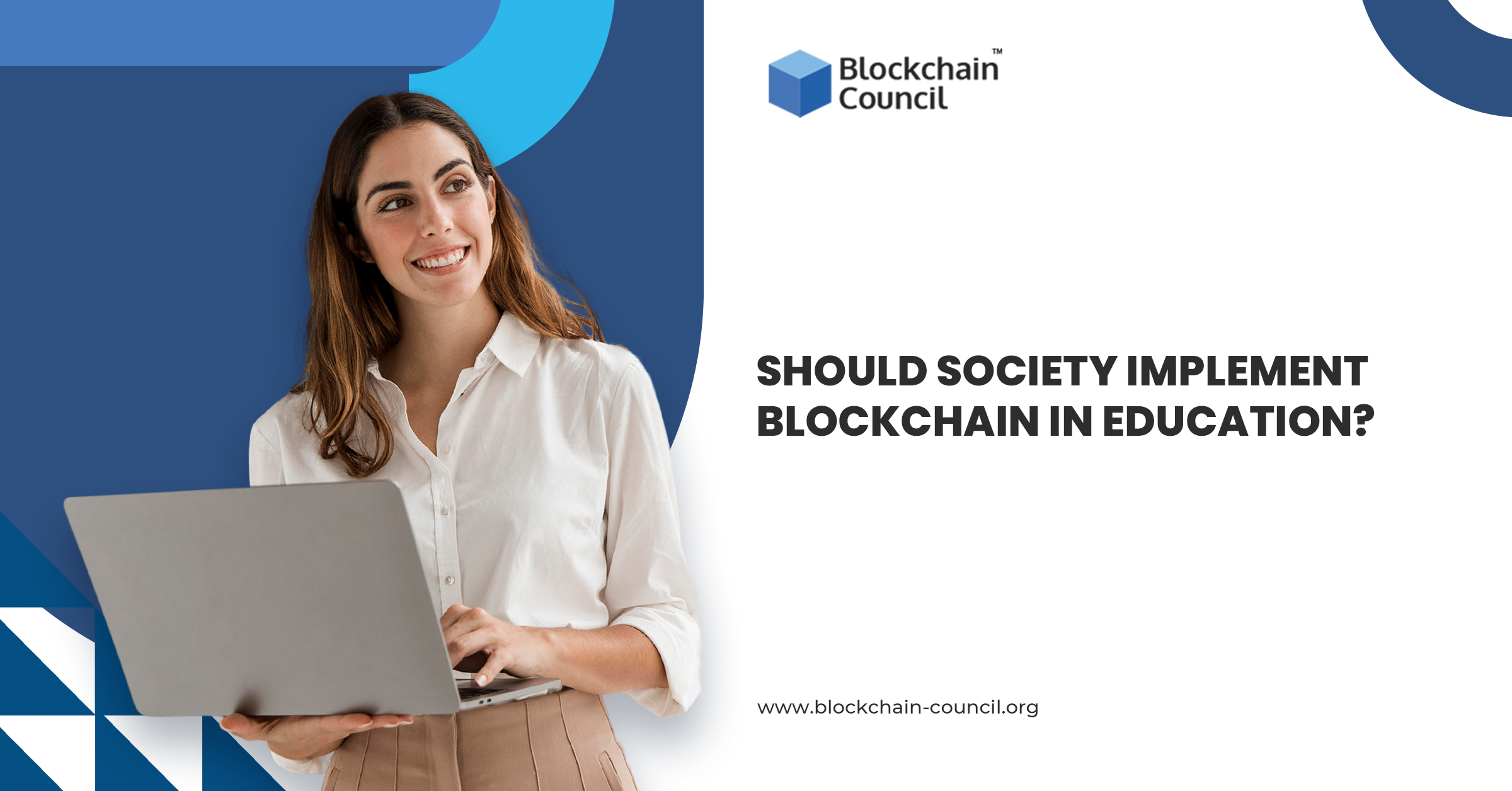
- Amber Smith
- October 14, 2022
A blockchain is a distributed database. It stores information about each transaction generated in the system. It is protected from change by cryptographic means in the form of a chain of blocks. Each block is connected to the previous one. New data is added to the blockchain only at the end of the chain. They cannot be forged, as each new entry must be confirmed in existing chains. To develop data, you need to change the information in all other blocks. In this case, as the system is distributed. Up-to-date information about records in the system is stored by all its members. It is updated when any changes are made.
If you want to read more about blockchain, you can find many platforms. Also, many essays contain additional information. So you can research and find essay examples and types of articles on any theme. Such information will be helpful, so you’ll learn more about blockchain.
Each computer usually has a full copy of all the blocks, but only certain data blocks can be stored on one computer if desired. Blockchain networks aren’t tied to a geographical location. So they can bring together users from different countries and regions. Block cities are open to all. It means that other people can check any block and see its contents. Users can be sure the information is accurate or how it has changed.
The need for the very fact of verifying the authenticity of information by other people disappears. The person can check the blockchain’s contents. Also, a person can get an accurate answer about its authenticity. There are no privileges in the blockchain system. It means that no one can influence the accuracy of information.
Such a technological approach changes the existing relationship, for example, employers with universities. Educational institutions won’t need to send copies of graduate documents. They won’t need to confirm their education. All diplomas will be kept accessible and easy to verify.
Today there are already examples of the use of blockchain technology in education. When it comes to education, issuing a Blockchain-based certificate will mean that it can be validated immediately. Also, educational records can’t be changed. Because changing a block requires approval from all participants in the blockchain. It’ll drop the possibility that people will be able to issue fake certificates as genuine.
The blockchain in education will help solve the current problem of plagiarism in scientific papers. This technology will open up research data and help verify and validate diplomas. Blockchain will keep track of primary sources of publications and citations. It can also help the author of the cited work receive automatic payment for the use of his works.
The problem of control may become relevant for the education market. Knowledge transfer has occurred through well-known institutions, every famous school, and college. Today, the leading financial flows of the education market go through them.
Technology allows every student and teacher to communicate faster. The blockchain implementation will enable students to pay less for education and teachers to earn more.
It’s how ODEM startups promote their services. In essence, this is a new paradigm of learning, and this is an online market for educational services. ODEM is a decentralized platform that provides a single, reliable global network. It connects all levels of the education supply chain. Blockchain technology is the basis of the ODEM Platform. It combines all existing components related to the organization and administration. Provide information about the proposed programs.
The platform connects students, teachers, and service providers. They develop and take part in individual and group curricula. The platform reduces costs and improves premium education access through direct communication. Also, it eliminates inefficient and expensive intermediaries. Students and other education buyers can study effectively. Users can find the perfect curriculum from teachers worldwide. For educators, this increases their visibility among all education buyers. It generates real-time feedback on programs and pays incentives to develop appropriate programs.
Students can select programs and store their transaction history in a blockchain with the ODEM platform. This format allows students to keep a single record of their academic experience and certification. It’s regardless of language or teacher. The platform’s software generator uses artificial intelligence to identify and compare students. Students can choose their desired programs. Also, they can store evidence of their studies for future employment.
Conclusion
Introducing the latest information technologies in education is a global trend today. Blockchain educational technology can benefit activities when used. The new platform will help students take complete control of education. Modern Internet technology will help the learning process. Such technologies will make education cheaper and more accessible.

































































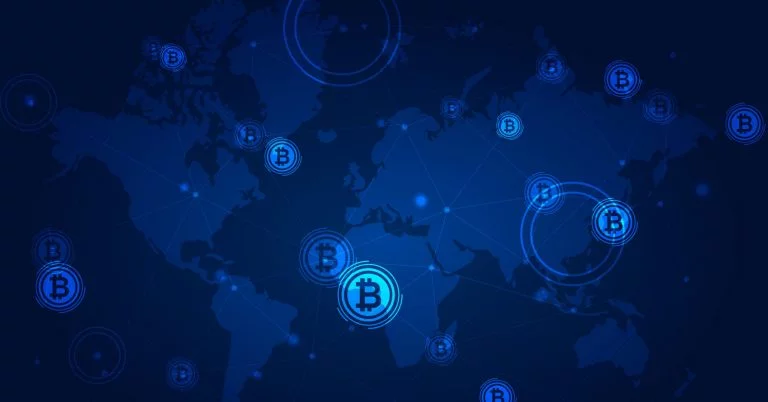
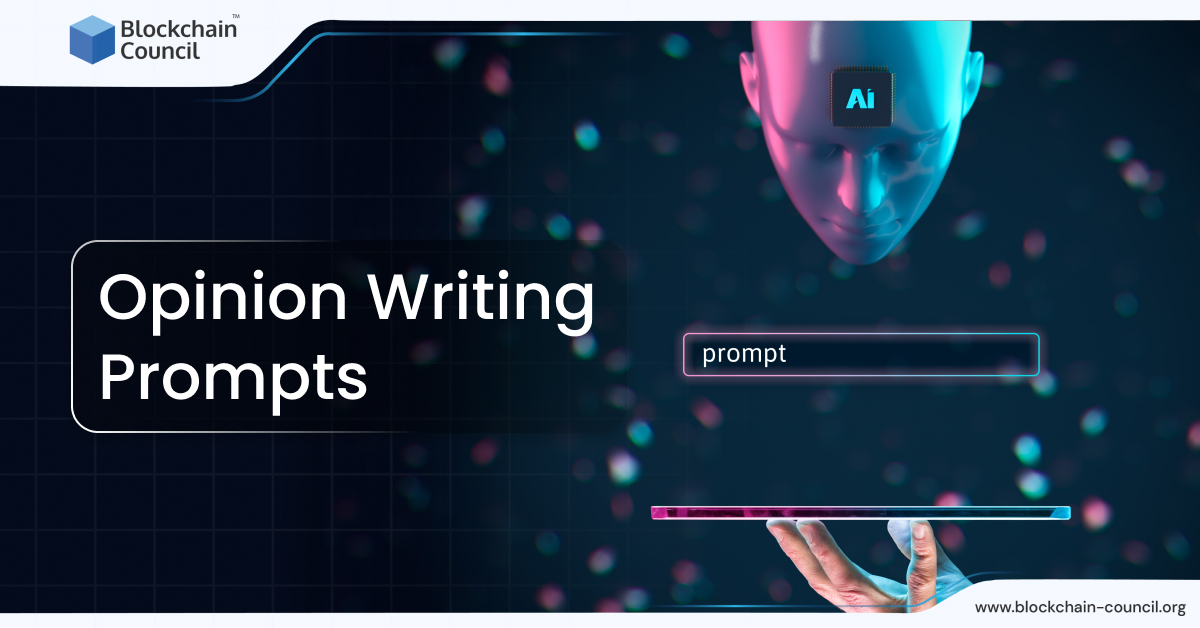
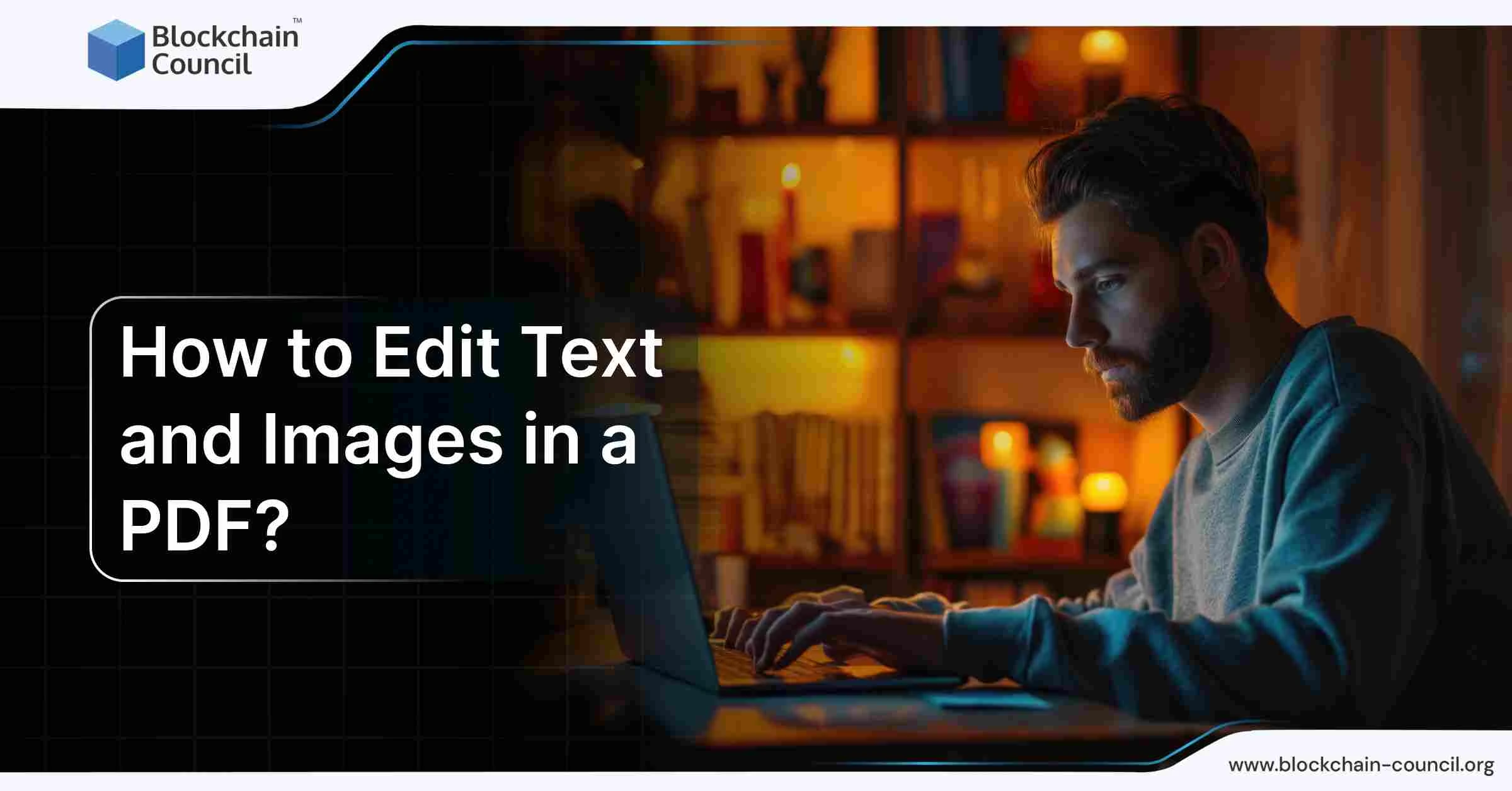
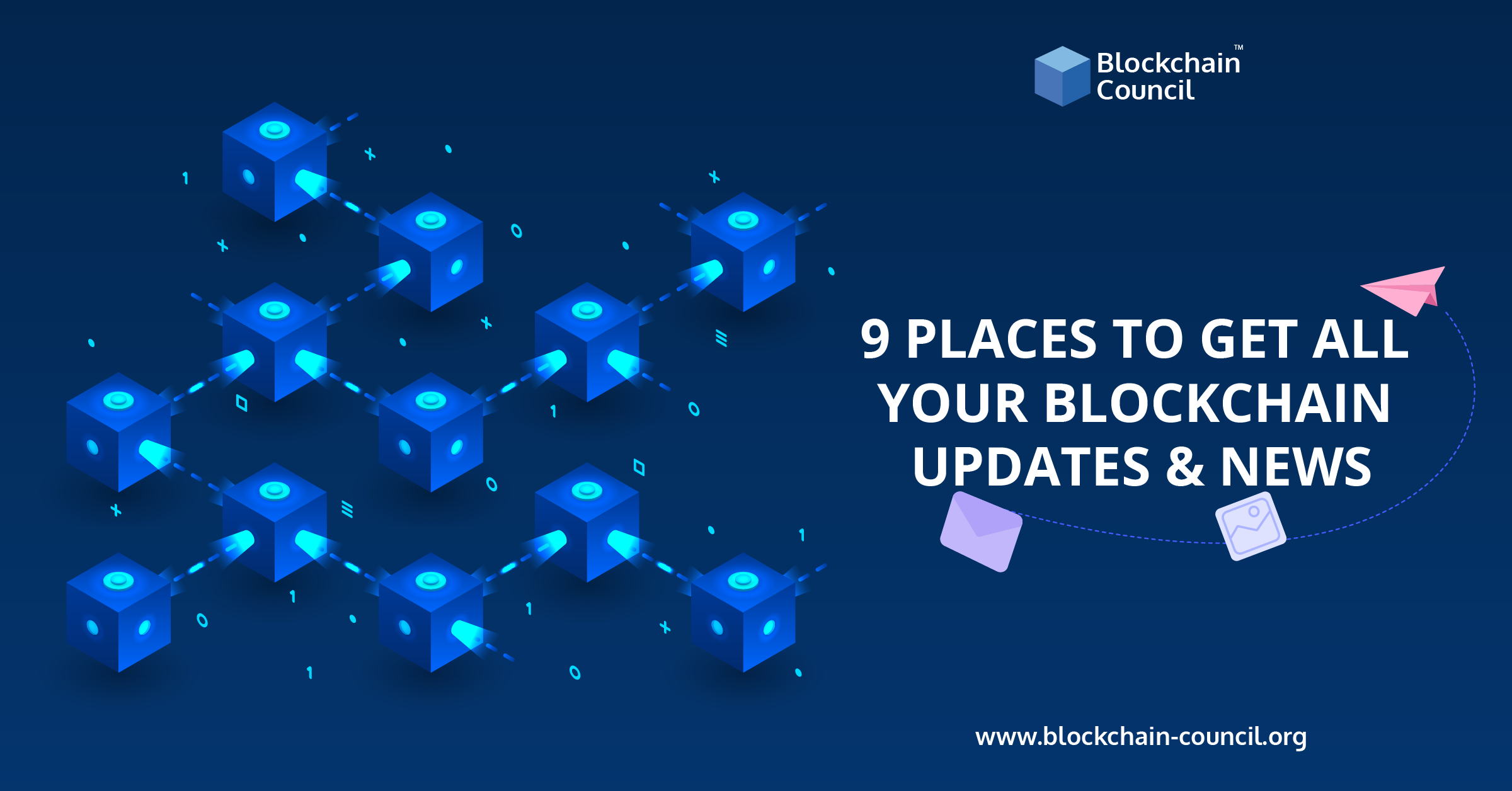
 Guides
Guides News
News Blockchain
Blockchain Cryptocurrency
& Digital Assets
Cryptocurrency
& Digital Assets Web3
Web3 Metaverse & NFTs
Metaverse & NFTs
